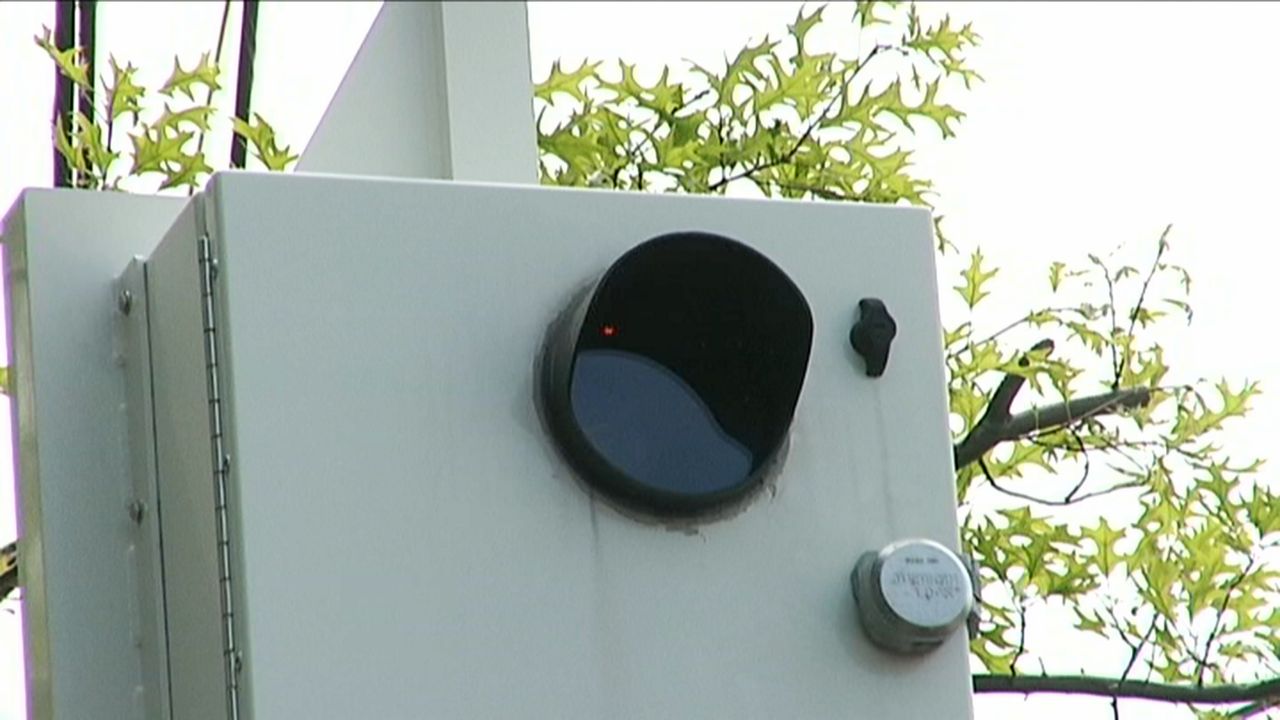The statistics tell the story: Speeding has been reduced by 60 percent in school zones where cameras are installed.
Last year, state Senate Republicans refused to reauthorize the current crop of cameras, which were part of a pilot program that started in 2013.
But both houses of the legislature not only renewed the program Tuesday, they greatly expanded it. Supporters of the speed cameras say they make school zones safer and save lives by forcing drivers to slow down.
"It is still technically a pilot program, but I think we can safely say that it is a program that has proved its worth," New York City Transportation Commissioner Polly Trottenberg said. "As you know, we have seen in New York City roadway fatalities decline by nearly a third over the past five years."
Initially, 140 cameras were installed in the city. The new legislation will take that number up to 750. It will also expand their hours of operation.
Trottenberg said cameras are currently installed in about 160 school zones in the five boroughs. Under the legislature's measure, in two or three years some 750 of the city's schools — including all elementary schools — could have speed cameras monitoring traffic, Trottenberg said.
The cameras record license plate and registration information of vehicles that break the speed limit. The info can then be used to issue speeding tickets. Signs posted near schools inform drivers that speed cameras are in use.
"The risk of pedestrian being killed by a vehicle increased from 5 percent at 20 miles per hour to 45 percent at 30 miles per hour," Senate Majority Leader Andrea Stewart-Cousins said. "That is a 900 percent increase."
When lawmakers left Albany last year without passing the speed camera bill, an executive order signed by Gov. Andrew Cuomo, who had proposed nearly doubling the number of school zones with speed cameras to 290, and action from the City Council reactivated the cameras in time for the current school year.
The new legislation will also authorize a similar pilot program in the city of Buffalo. Legislative leaders say they are open to the idea of allowing cameras in other cities across the state, should they make the request.
Under Buffalo's pilot program, 20 cameras will be installed near schools, according to legislation sponsored by two Democrats from the city, Sen. Tim Kennedy, chairman of the Senate transportation committee, and Crystal D. Peoples-Stokes, the Assembly majority leader and a former teacher.
Assemblywoman Deborah Glick, a Manhattan Democrat who sponsored the Assembly bill, initially introduced the legislation that established the city's school zone cameras as a five-year demonstration program starting in 2013.
The program not only saves lives, Glick said, "but it also saves a family from going through the pain and agony that will be with them forever" if a loved one is killed in an accident.
Several people at a news conference Tuesday for the bill signings lost children to pedestrian traffic accidents in New York City, including Amy Cohen, whose 12-year-old son Sammy was struck and killed by a van in 2012. Cohen, a member of Families for Safe Streets, held up a photo of her son while thanking lawmakers and fellow advocates for supporting the measures.
Information from the Associated Press was used in this story.



